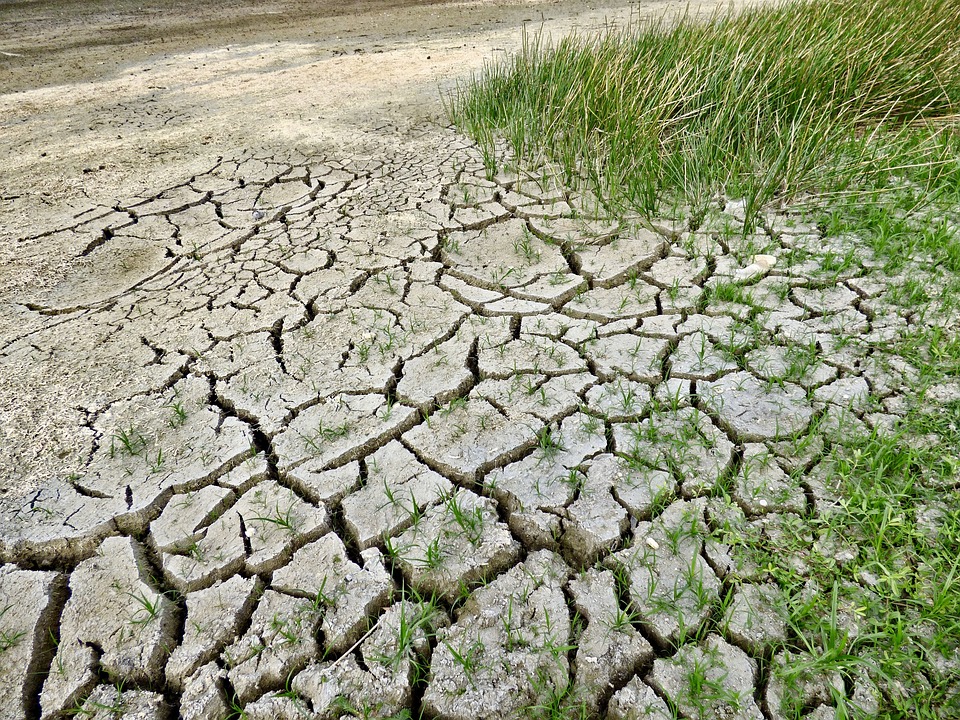Introduction
Soil is the foundation of sustainable agriculture. Without healthy soil, crops struggle to grow, leading to decreased yields and increased reliance on synthetic chemicals. Mastering the art of soil care is essential for sustainable farming practices, as it promotes long-term soil health, nutrient cycling, and ecosystem balance. In this article, we will explore the importance of soil care and provide actionable tips to help farmers cultivate and maintain healthy soils.
The Importance of Soil Care
1. Enhanced Nutrient Availability: Undisturbed, fertile soil is home to countless microorganisms, worms, and insects that contribute to nutrient availability for plants. Proper soil care practices, such as organic matter addition and crop rotation, promote a diverse soil food web, ensuring a continuous supply of nutrients to crops.
2. Water Retention: Healthy soils have optimal water-holding capacity, reducing the risk of waterlogging or drought stress for plants. Soil care practices like adding organic matter help improve soil structure and water retention, leading to better moisture availability during dry spells.
3. Weed and Pest Control: Unhealthy soils often facilitate the growth of weeds and leave crops vulnerable to pests and diseases. By practicing soil care, farmers can create an environment where beneficial organisms naturally suppress weeds and control pests, reducing the need for chemical interventions.
Tips for Soil Care
1. Regular Soil Testing: Conducting soil tests helps identify nutrient deficiencies and imbalances, guiding farmers in making targeted amendments. It is recommended to perform soil tests at the beginning of each growing season and follow up with corrective measures accordingly.
2. Organic Matter Addition: Organic matter, such as compost or well-rotted manure, improves soil structure, water-holding capacity, and nutrient availability. Applying a layer of organic matter each year and incorporating it into the soil supports a healthy soil ecosystem.
3. Crop Rotation: Repeatedly planting the same crop in the same field can deplete specific nutrients and increase pest pressure. Implementing crop rotation practices helps break pest cycles, reduce disease incidence, and maintain balanced nutrient levels in the soil.
4. Mulching: Mulching involves covering the soil surface around plants with organic materials, such as straw, leaves, or wood chips. Mulch helps retain soil moisture, suppress weeds, moderate soil temperature, and gradually decompose, adding organic matter to the soil over time.
5. Conservation Tillage: Tilling can disrupt soil structure, leading to erosion and nutrient loss. Conservation tillage techniques, like minimum or no-till, help preserve soil structure, minimize erosion, and promote beneficial microbial activity.
Composting: A Valuable Soil Care Practice
Composting is an excellent way to recycle organic waste and create a nutrient-rich soil amendment. By combining yard waste, kitchen scraps, and other biodegradable materials, farmers can create compost that enhances soil fertility, structure, and microbial activity. Applying compost to agricultural fields builds healthy soils, reduces the need for synthetic fertilizers, and helps sequester carbon from the atmosphere.
FAQs
Q1: How often should soil tests be conducted?
Soil tests should ideally be conducted at least once a year, preferably before each growing season. This frequency allows farmers to identify any nutrient deficiencies or imbalances and make informed decisions regarding fertilizer application.
Q2: Can I overdo it with organic matter addition?
While organic matter is beneficial for soil health, excessive addition can lead to nutrient imbalances or waterlogging. It’s essential to strike a balance and follow recommended guidelines for organic matter application specific to the crop and soil type.




